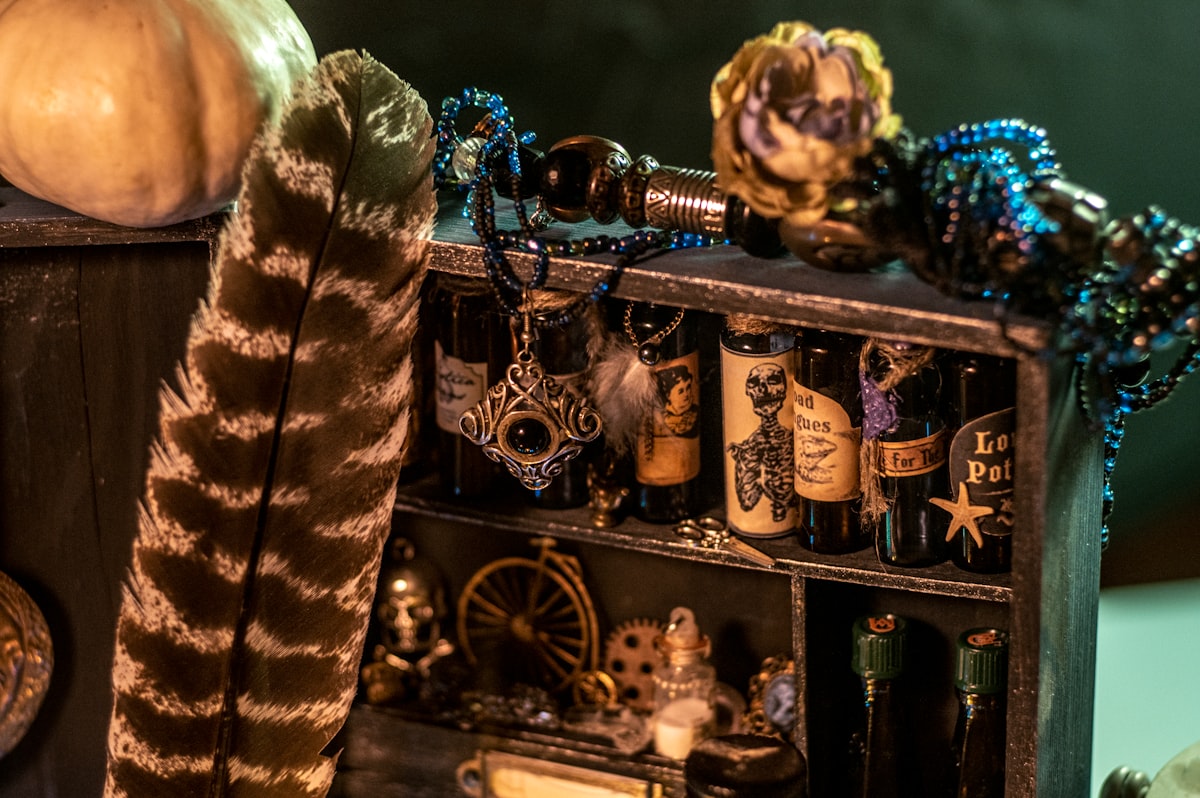Shamanism and nagualism: the aluxes or "goblins" in Xcambó
For the contemporary Maya of the Yucatan Peninsula, the aluxes or "goblins", caretakers of the land, are residents of the archaeological zones. Here's what it means.

In the site of Xcambó, in the coast of the state of Yucatan, contemporary offerings were found that could allude to the cult of these small beings, which can be represented by figurines of 5 to 20 centimeters in height, made of clay, wax, stone, wood, cloth or corn leaves, in addition to nine drops of blood from the little finger of the peasant, who will become their master. Some of these deposits contained (inside jars) three wax dolls. This site is a place of pilgrimage because there is a chapel dedicated, precisely, to the Virgin of Xcambó.
For today's Maya, the first human was made up of dwarfs who were destroyed by a flood. The belief is that the present humanity is in its fourth cycle because, the primitive race of Yucatan, was of small wise men who built the great cities, now in ruins. These dwarfs worked with great speed and did their work in the dark because the sun had not yet appeared, when this happened they turned to stone. According to another myth, during this cycle, the stones were weightless and these tiny beings could move them by whistling.
The aluxes protect the farms, the quintas, the mountains, the milpas, the crops, and the few henequenales distributed in the area. Whether in a hidden part of the mountain or the cornfield, a Jmeen or "sorcerer" is in charge of making the alux, arux, or alux k' a t, usually at the request of a farmer who needs the services of the caretaker of this small being.
In the process of elaboration, the eyes, nails, and teeth (made of beans) are placed, as well as a corn leaf dress, although it can also be naked. Afterward, the Jmeen burns herbs, lights, some candles and presents the figurine to the sun and the rain god. Blood is added and blowing is poured on its back, which emulates the wind, then the sorcerer mentions the name of the master.
In this way, the alux will frighten with whistles and stones the thieves of the products of the earth, will attack and punish those who commit "undue" acts in the agricultural land, and will send diseases not only to the thieves but also to the farmer who forgets to present offerings to them.
This " goblin" generally works in the afternoon (when the milpero returns home), carries a hat and a shotgun, and is accompanied by a dog. However, he also rests on Tuesdays and Fridays, days that are used to offer him saka (corn gruel), since the wind or essence that the alux carries in its interior does not affect people.
For the contemporary Maya, these entities represent the primordial men, those who built the great cities like Uxmal.
The Maya think of the aluxo'ob as a conscious being, capable of fulfilling his promises to the millenarian, but also of punishing the unfulfilled and the transgressors. It is said of them that their spirit does not die, it returns to the place where it came from (mountain, grotto, cenote, ruins).
When the relationship between the farmer and the alux must end, given some illness, end of the milpa, change of ownership of the land, or dissatisfaction of his master for the mischief that the arux commits, it is prudent to resort to the Jmeen so that he explains the causes of his "dismissal" and thus avoid greater damage, since these beings are sent or created by the Christian divinities.
Less frequently, it is considered an ally of the devil, for that reason, the farmer must decide the convenience of having an alux, although it will give him seven years of good harvests, at the end of the period he runs the risk of being taken away by the "goblin" himself.
One of the particularities of the aluxo'ob, which deserves special attention, is the faculty to show the Jmeno'ob to develop the work as ritual specialists. The "chosen ones" must accept the teachings (different agricultural and affliction rituals), otherwise, they suffer illness or death. Once the apprenticeship is completed, the fear disappears and the Jmeno'ob receive so much knowledge that it is often inexplicable to them, as a wide variety of divination, offerings, prayers, and prayers are assimilated by the sorcerers.




